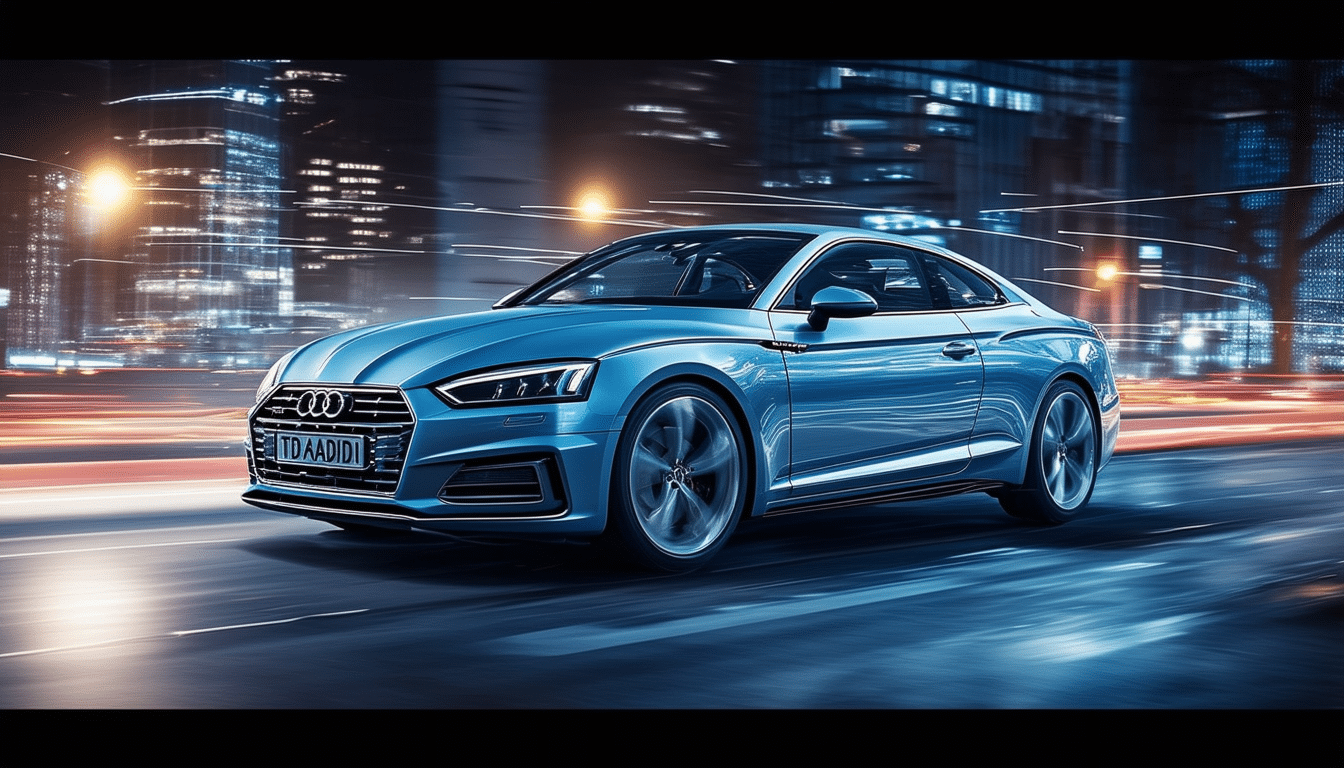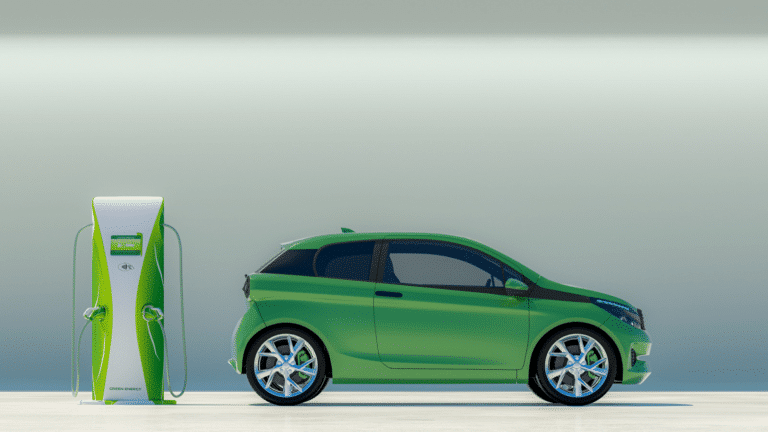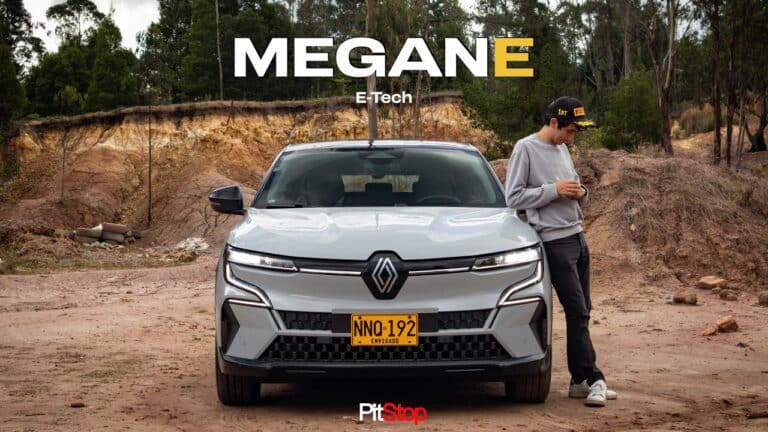Is Audi making a mistake? Analysis of TDI engines, gasoline with C approval, and the limited electrification of the attractive new Audi A5

In the dynamic world of motorsport, the recent presentation of the new Audi A5 has sparked intense debate about the direction the German brand is taking. Equipped with TDI engines, gasoline versions with a C label, and an electrification that many consider insufficient, the Audi A5 challenges current market trends. While some praise its attractive design and the commitment to the diesel engine, others question the motorization strategy and the high prices, raising the question: is Audi making a mistake with this approach?
With the recent launch of the new Audi A5, the prestigious German brand has once again generated debate about the direction it is taking in the automotive industry. As it bids farewell to the successful Audi A4, the transition to this new model has raised questions about Audi’s technological decisions. The Audi A5 combines TDI and gasoline engines with a C label, while the electrification, expected by many, still appears limited. This analysis delves into the implications of these decisions, discerning whether Audi is making a strategic error in its approach to a more sustainable and electrified future.
Is Audi making a mistake? Introduction to the Debate
With the debut of the Audi A5, the manufacturer has chosen to maintain a lineup of TDI engines, betting on combustion technology that may seem contradictory in times of transition towards electrification. The adoption of gasoline engines with only a C label adds more fuel to the fire, fueling criticism about the lack of commitment to the environment. This article analyzes whether these motorization choices could harm Audi in the context of an industry increasingly oriented towards sustainability.
The Surprising Choice of TDI Engines
The Audi A5 arrives on the market with a range of engines that surprise with their conservative approach. At the forefront of the offering is the 2.0 TDI engine, which remains a popular choice for its efficiency and C label, although its relevance in the future is questionable. The introduction of new micro-hybrid technology, featuring an innovative lithium iron phosphate battery, demonstrates Audi’s attempt to modernize the TDI, but is it enough in the race for electrification? These decisions generate controversy among motorsport enthusiasts, for whom a greater electric proposal would be more aligned with current trends.
Gasoline with C Label: A Setback or an Evolutionary Strategy
The gasoline engine offerings of the Audi A5 are presented without the eco label, raising doubts about the vehicle’s competitiveness against more eco-friendly models. Although these engines offer respectable performance, the challenges of adapting to stricter environmental regulations are evident. Is Audi relying too much on its legacy of performance and quality, neglecting the necessary innovations to face the upcoming electric cars? This dilemma could mark a difference in its brand perception in the near future.
The Limited Electrification: A Half-Hearted Decision?
Globally, car manufacturers are diverting significant resources towards complete electrification. However, the Audi A5 primarily opts for traditional engines, leaving the electrified car market to next year. This approach may seem like a half-hearted strategy, where the balance between fossil fuel and electric doesn’t fully convince. This decision goes against the industry’s trend towards more sustainable transportation and could reflect on the preferences of consumers who are seeking greener innovations. You can see an analysis of future electric options in this link.
Conclusion: Attractive Design vs. Environmental Considerations
Undoubtedly, the Audi A5 stands out for its attractive design and improved performance, but its motorization choices present certain contradictions within the current context of sustainability. As the automotive industry moves towards a cleaner future, Audi faces the challenge of aligning its practices with consumer expectations and emerging regulations. In this changing landscape, it will be interesting to see if Audi’s strategy with the A5 will result in renewed leadership or a necessary repositioning in the market.
Final Thoughts on Audi’s Strategy with the A5
The new Audi A5 represents both a continued triumph and a significant challenge for the brand. In an era where electrification is seen as the inevitable future of transportation, Audi has opted to maintain its bet on innovating within its TDI and gasoline engines, which generates divided opinions among motorsports enthusiasts and advocates of clean energy.
On one hand, the appealing design and superior quality of the A5 are undeniable, positioning it as a reference for style and comfort. The use of micro-hybrid technology in some of its engines to reduce fuel consumption is certainly a step in the right direction. However, these advancements contrast with the absence of robust electrification in its range, especially considering the growing demand for more comprehensive electric and hybrid vehicles.
While the TDI engines provide notable efficiency and durability, which continues to be a competitive advantage, their predominance in the A5 range may seem a conservative step given the increasing restrictions on this type of motorization in many regions. At the same time, the basic gasoline model, stripped of micro-hybridization and the eco label, could be a weak point in markets with strict environmental regulations.
The economic aspect should not be overlooked. With prices starting at 51,050 euros, the Audi A5 positions itself as a premium vehicle, potentially limiting its accessibility to many people. As other brands develop more affordable and technologically advanced electrification offerings, Audi could be at risk of falling behind if it does not accelerate its transition to more sustainable models.
In conclusion, while the new Audi A5 stands out for its design and sophistication, the automaker must be cautious in balancing its legacy in internal combustion engines with the urgent need for a more electric approach if it wants to maintain its relevance and competitiveness in a rapidly evolving market.






